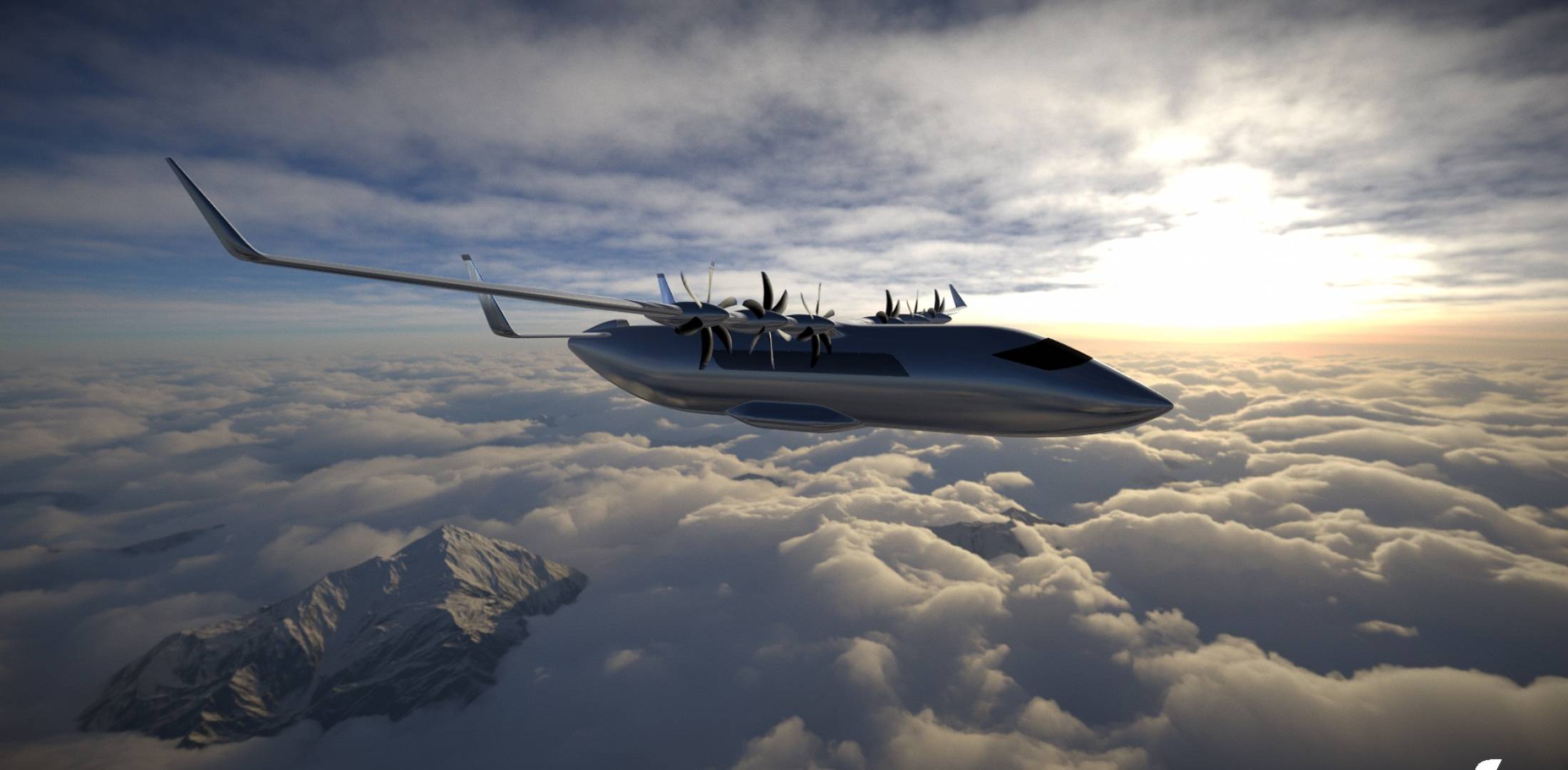The latest move in the sustainable aviation space sees SEP partnering with French start up Aura Aero to design and construct two new electric aircraft.
I’ve recently noticed quite a strong trend in the aviation industry; I’m talking about the influx of sustainable startups which seem to be coming up with interesting and innovative designs left, right, and center. It’s easy to get distracted by all the negativity going on in the world at the moment, but I feel that readers should be aware that we are currently living through a massive tech boom. Perhaps calling this period the green industrial age may be going too far, but the sheer volume of sustainability designs, and a massive focus shift towards making the industry greener, has provided the grounds for a fertile and thriving culture of design within aviation. Every day I see news articles (such as the one you’re reading now) reporting on the latest green initiative or technological advancement a company has come up with, and that fills me with hope for the future of this industry. That future will be dominated by designs such as the two electric fixed-wing aircraft currently being thought up by SEP and Aura Aero.
The partnership between the two companies will see SEP providing the propulsion systems for Aura’s E light aircraft designs, as well as their 19 seat Electronic Regional Aircraft (ERA). Right off the bat, Safran is already supplying the main propulsion system for Aura’s INTEGRAL E two-seater training aircraft. The craft will come equipped with Safran’s ENGINeUS electric motor which is capable of delivering more than 100kW of power, as well as their GENeUSGRID distribution and protection system. All in all, these new systems equate to a fully functional, zero-emission aircraft. With 60 orders already placed for the INTEGRAL E, as well as the first prototype being ready for this year, the partnership is already off to a roaring start. It’s that 19-seat aircraft which has been generating the most buzz, however. The hybrid-electric design not only looks sleek, but contains some pretty clever kit onboard to keep itself in the air. The memorandum of understanding between the two companies has seen development of the proposed ‘high direct voltage propulsive architecture’ (the main propulsion system on the ERA) proceeding rapidly. The memorandum also includes the development of ‘non propulsive’ architecture, which will power the other systems on the aircraft. “This agreement bolsters our position as a key player in the fields of equipment electrification, and electric and hybrid propulsion,” stated Safran in a press release recently. We’re getting closer and closer to fully integrated, zero-emission commercial aircraft. I, for one, am incredibly excited to see these visions become reality.


0 Comments